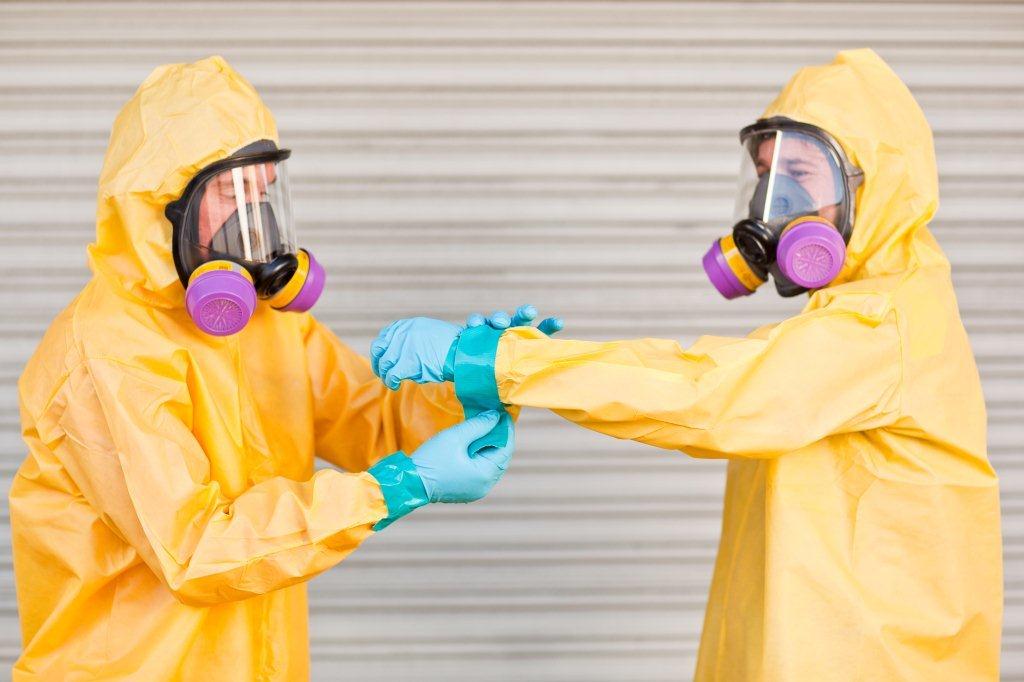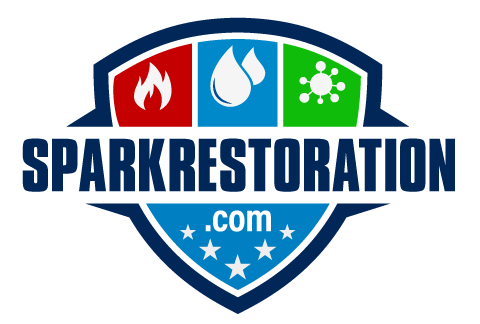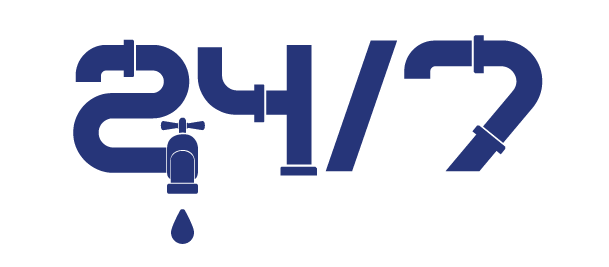Mold is found everywhere – buildings, wood, rotting plants, outside soil, and even in the house. It produces volatile organic compounds, toxins, and other metabolites. It disseminates as spores through water and wind and grows in colonies. Because of this, you can see mold everywhere since it grows as long as oxygen and moisture are present.
Mold is dangerous since it can affect people who are exposed to it, especially professionals. We might think that the mold we see in our naked eye seems harmless. In fact, when a professional gets close to the mold infestation, the levels of exposure can be dangerous.
In other words, protection should be held importance for modal remediation for professionals. Without using safety gear, testing and the removal of mold will be dangerous for the health. Any professional should take precautions when it comes to handling molds. Hence, they should use safety gear.

The Importance of Safety Gears
Molds may look harmless, but they produce allergens and potent toxins that trigger allergic reactions and respiratory problems. One of the respiratory problems that could come from mold is pneumonitis (lung inflammation). Hence, sickly elderly people, expectant mothers, and people with mold allergies should stay away from it.
Moreover, mold spores can settle on clothes, eyes, shoes, and the nose, potentially entering the upper respiratory system. If you’re a professional, make sure to use safety gear or PPE (personal protective equipment) when working with a mold infestation. In this way, you will limit yourself from mold exposure. Also, the risk of respiratory exposure decreases.
Typical Safety Gear Equipment
A mold removal export should make sure that the safety gear can provide ample protection. For this reason, we will discuss every safety gear equipment for mold cleaning in this section. In this way, a professional will protect himself from all sorts of potential irritants and dangers.
Gloves
Gloves protect the hands from mold contact and irritating cleaning solutions used for mold cleaning. For mold removal, use long gloves that reach up to the middle of the forearm.
Furthermore, the material should also be taken into consideration when using gloves. It should be suited to the materials being handled. If you’re handling chlorine bleach or any biocide material, the gloves should be made from:
- Polyvinylchloride (PVC)
- Polyurethane
- Natural rubber
- Nitrile
- Neoprene
On the other hand, wear ordinary household rubber gloves when using a mild detergent to clean the mold.
Goggles
Eyes should also be protected when cleaning molds. They are sensitive and can easily be irritated during a mold removal process. Hence, use properly fitted goggles to protect the eyes.
Make sure to use goggles that protect the eyes from dust and small particles or debris. For professionals, avoid goggles with open vent holes.
Respirators
As mentioned above, mold exposure can pose a risk to the respiratory when a person is not fully protected. For this case, professionals should use respirators to protect themselves from inhaling airborne mold, spores, and dust. Also, use one that is suited for mold remediation.
In addition, professionals should use respirators approved by NIOSH (National Institute for Occupational Safety and Health). These NIOSH-approved respirators should be used according to the safety regulations provided by OSHA (Occupational Safety and Health Administration).
Depending on the type of mold remediation a professional is working on, they might use different gloves, respirators, and goggles.
Type of Safety Gears Professionals Use for Mold Remediation
Now that you have an idea for different safety gears, we will discuss the kinds of safety gears used for mold remediation.
Minimum PPE
Minimum PPE is intended for cleaning a small area of the mold with less than 10 square feet. This includes gloves, goggles, and an N-95 respirator. N-95 respirators only cover the nose and mouth. Hence, wear goggles for this type of PPE to protect the eyes.
Limited PPE
Limited PPE uses half-face or full-face air-purifying respirators with P100 filter cartridges. This type of PPE has respirators with inhalation and exhalation valves that remove that air from mold particles.
Professionals use limited PPE when cleaning a mold that covers an area between 10 and 100 square feet. However, the attached P100 filters do not filter out gases or vapors. Also, the APRs do not protect the eyes.
For this reason, it is up to the professional’s judgment whether to add goggles or use a limited PPE for the type of mold cleaning they will be working on.
Full PPE
You’ll recognize a full PPE right away because of how it covers the entire head to prevent unfiltered from coming in. The reason is, it uses a powered air-purifying respirator (PAPR) that forces the air through a P100 filter. It appears as a mask where the filtered air is circulating.
For this reason, a full PPE should be used when cleaning an area infested with the mold of 100 square feet. Also, it should be used when the site has a high level of airborne mold spores or dust that requires long-term exposures.
For this type of PPE, professionals should train themselves to use it before heading on a mold remediation project.
Disposable clothing
Disposable clothing is a type of PPE used for medium and large remediation projects. It eliminates the chances of mold being in contact with the skin and clothing.
If the mold remediation requires limited protection, a professional can use disposable paper clothing. On the other hand, professionals should use a breathable bodysuit covering the head to the foot for complete protection. All gaps, including the ankles and wrists, should be covered.
Mold professionals deal with varying toxic levels depending on the area and quantity of the mold present. Consequently, it’s crucial to be safe when dealing with this kind of work.
Protecting the entire body is vital since mold can cause respiratory problems and cause skin rash, and other health issues. Therefore, avoid attempting DIY mold removal of any kind. It’s essential to consider extreme precautions when removing mold. Thus, call a professional to do it.
Keep Yourself Protected from Mold
Using Personal Protective Equipment is important when dealing with molds. Also, it’s essential to use the correct personal protective equipment for the type of mold invasion you’re dealing with.
However, as with all types of protection, practice prevention tips to get rid of mold. Since mold thrives in moisture and oxygen, these elements need to be regulated to prevent the mold from occurring in the first place.
Once you spot a mold in your house, it is best to call a professional to have a complete mold assessment and testing. In this way, you’ll know what kind of mold you’re dealing with.
Never attempt a DIY you’re unfamiliar with. To have peace of mind, call our mold removal experts in Roseville to check the mold in your house. We guarantee that our professionals use safety gear and proper procedures to get rid of the mold you’re having problems with.

